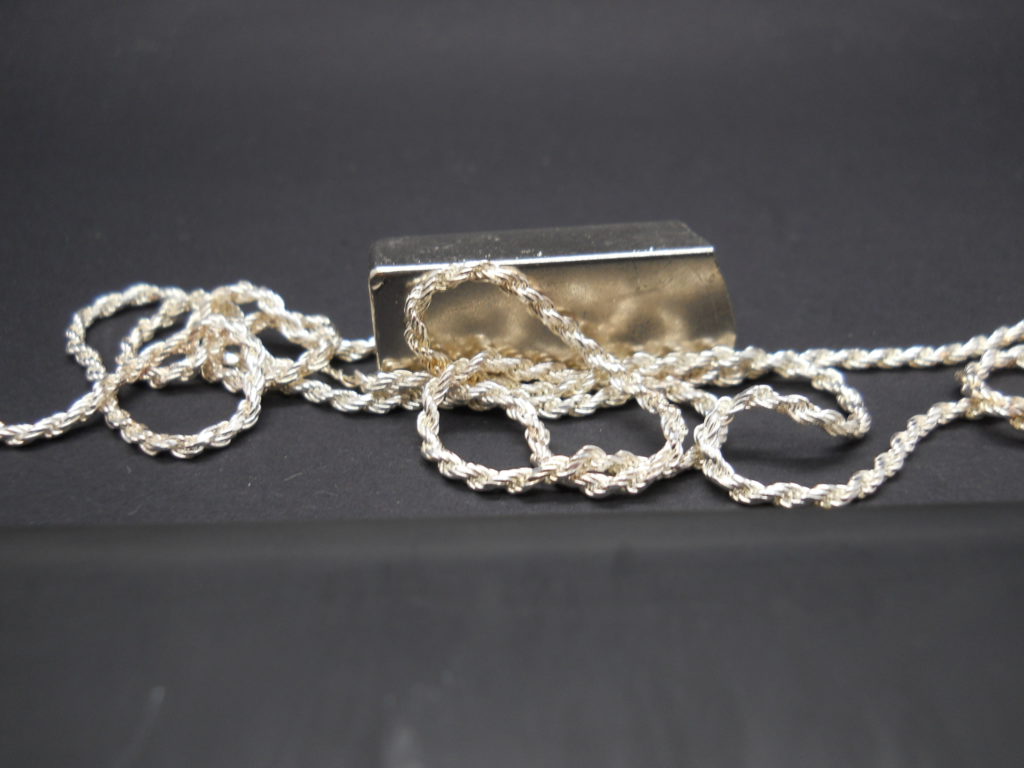
JEWELRY TESTING & FINDINGS
The safety of children's and adult jewelry, most notably with regards to lead and cadmium content, has come into question in recent years following several high-profile stories regarding tainted products imported from Asia. TTL Laboratories is proud to to test jewelry for lead and offer comprehensive compliance testing for jewelry, jewelry components and findings in order to determine compliance with the federal and state requirements, which have been implemented to address these safety concerns. As an ISO/IEC 17025:2005 accredited and CPSC-accepted third party testing laboratory, we have the knowledge, experience and state-of-the-art equipment to provide accurate and consistent results every time we test jewelry for lead.
Let us assist you in protecting your brand by providing compliance jewelry testing programs suited to the needs of your company. Whether you need jewelry components analyzed to determine compliance with specific federal or state requirements, physical and mechanical assessments of your products, or a tarnish test evaluation of packaging components, our full-service jewelry testing laboratory is ready to serve you.
COMPLIANCE
JEWELRY TESTING CAPABILITIES
TTL Laboratories provides Analytical Compliance Testing for Jewelry in accordance with:
• Faux/Treated
• Treated Leather & Suede
• Acrylic
• EN 1811 Nickel Release
• State of California Proposition 65
• State of Illinois Lead Prevention Act
• Canadian Children's Jewellery Regulations SOR/2011-19
AMAZON
TESTING FOR CHILDREN'S JEWELRY
TTL Laboratories provides testing for children's jewelry in accordance with Amazon's requirements.
Click HERE for additional information
ASTM F2923-11
CHILDREN'S JEWELRY TESTING STANDARD
Several states have enacted laws over the years with the intent of increasing the safety of children's jewelry. Examples are the laws which have been passed to restrict cadmium content. Some of the laws which were passed, however, were not based on scientific research and the requirements and methods vary from state to state. Approved in 2011, the "Standard Specification for Consumer Product Safety for Children's Jewelry" is a comprehensive specification which serves to establish a group of harmonized, nationally recognized test methodologies and requirements for children's jewelry. Although this standard is voluntary in most states at this time, Rhode Island has adopted it into law for all children's jewelry, which is manufactured after December 18, 2012 and other states are likely to follow suit in the near future.
Key sections of the specification include:
• Lead Content (CPSIA requirements & methodologies)
• Specifications for Children's Body Piercing Jewelry
• Soluble Heavy Metals in Paint and Surface Coatings
• Cadmium in Metal and Polymeric Substrate Materials
• Nickel in Metal Components
• Physical/Mechanical Requirements
• EN 1811 Nickel Release



ANALYSIS OF
METALS
The wide variety of alloys which are available for jewelry manufacturing today makes it imperative that your jewelry testing laboratory has the proper equipment, techniques and experience. TTL Laboratories has the capabilities to test for heavy metals in substrates as well as coating materials to comply with the most stringent standards worldwide.
• Gold • Pewter • Aluminum
• Silver • Tungsten • Stainless Steel
• Brass • Rhodium • Complex Metal
• Platinum • Palladium • Alloys
COVERING ALL
MATERIALS
As a jewelry manufacturer, you most likely utilize materials beyond metal in your products. Those components must also comply with the regulations. Due to the inherent differences in the make-up of component materials, TTL Laboratories employs the proper advanced testing methodologies including cryogenic milling and high-pressure microwave digestion or hydrofluoric acid digestion for:
• Acrylic • Crystal • Rhinestones • Faux/Treated
• Glass • Plastics • Sequins • Treated Leather & Suede

